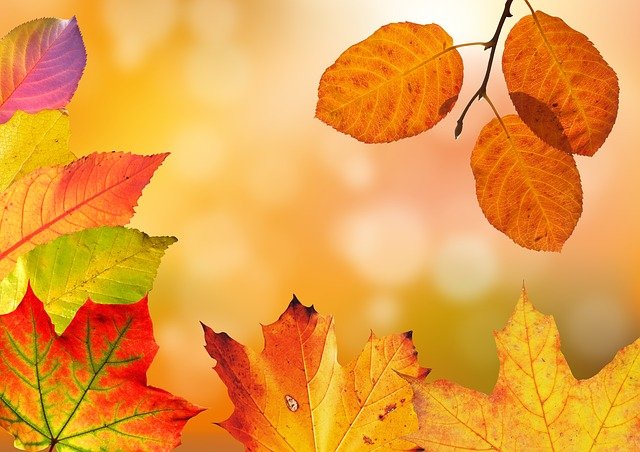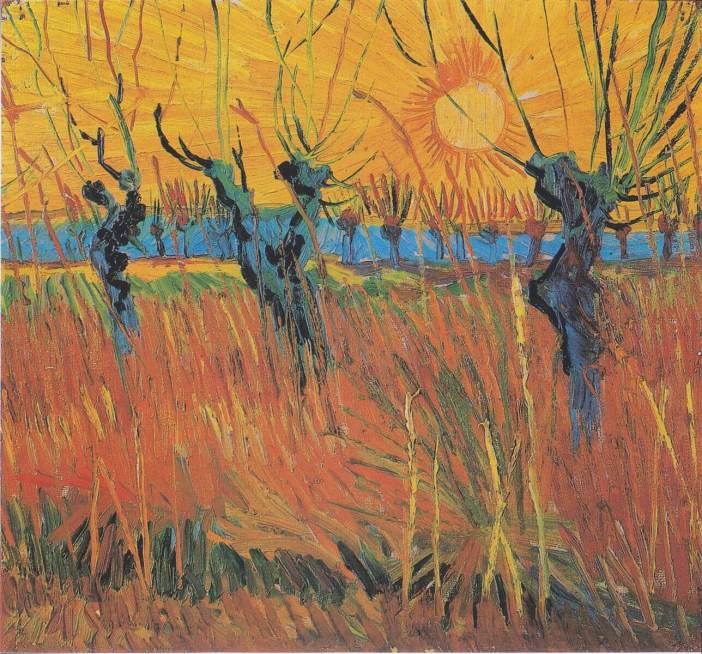
Colours, eh? We’re taking a look at orange to see what this crafty little number is all about. Other than representing one of your favourite fruits.
How We See the Colour Orange
Every object possesses a property that produces different sensations for the human eyeball. It depends on the way it reflects light from our favourite star—the Sun.
The eyeball and human brain work in tandem to translate light into colour.
Now, North Americans will be busy howling in dismay here as we keep not spelling it as “color”. Well, get used to it. We use British English. God Save the Queen!
Anyway, orange is between yellow and red on the spectrum of visible light.
To see the colour orange, our eyeballs observe light with a wavelength between 585 and 620 nanometres. Good, eh?
A Brief History of the Colour Orange
The colour has a long, long, long history dating back to antiquity.
Ancient Egyptian, and ancient Indians, lavished orange amongst their many artistic creations and household items.
For us English speakers, the colour is named after the citrus fruit. It comes from the Old French of pomme d’orange.
That term hails from the Italian arancia, which hurtles back further in time to variations across different languages.
But prior to the 15th century it didn’t really have a name. It was just that yellow-red thing. In English, the first recorded use of “orange” in written form was in 1502.
That development likely came about when dashing Portuguese merchants toured across Europe introducing orange trees.
Trade was a fantastic marvel in Medieval times. It helped spread glorious bright fruits around Europe (and further afield). Plus, it helped to popularise the plague!
But what do us humans make of orange? Why is there this appeal?
You get the duality of it. The colour lends incredible vigour to our cultural endeavours. Plus, the food it adorns tends to be mighty tasty.
It’s no big surprise we’ve attached ourselves to orange like few other colours.
For example, it marks the arrival of autumn—our favourite season. When autumn arrives, this happens to trees.
Nice, eh? There’s something crisp and delightful about it. Often capped off by dramatic orangey sunsets and the like.
And of those sunrises and sunsets, we’re used to orange marking the start/end of our days.
Another magazine puts it as follows in the Significance of the Colour Orange:
“Orange is also the shade that represents the last of nature’s harvest—a row of windowsill squashes that can last well into winter’s dark days. It is the colour that glimmers first on the night horizon, heralding dawn. Like this, or like biting into a tangerine on the fifth day of the office cold, orange can stand in for hope, even in the depths of the darkest season.”
Yeah, we’re feeling pretty attached to it at the moment. Probably as autumn has just been and gone. And that we had some oranges to eat during the week.
And because we just wanted to honour the thing. It’s a part of our lives we think deserves celebrating. And eating.
The Colour Orange in Food
Naturally, you may note there’s a lot of orange going on in the world of culinary delights.
As Eddie Izzard points out in Definite Article (1996), the fruit isn’t the easiest thing in the world to eat.
It’s often best to slice it into sections with a super sharp blade (we recommend a samurai sword or a chainsaw).
Some other orangey foodstuffs we can think of include:
- Pumpkins
- Turmeric
- Apricots
- Carrots
- Sweet potatoes
- Mangoes
- Ginger
You see orange foods and you generally think of sweet flavours—fruits. Or exotic spices adding serious oomph to your baking.
These are all very healthy foods, too, with real life-giving properties. They’ve supported human health for thousands of years.
When we knew about them, anyway.
During the Age of Discovery, oranges were the unknown cure for scurvy. In Over the Edge of the World there’s an account from Laurence Bergreen about how Persians already knew of its benefits.
Bedraggled Portuguese and Spanish sailors from Ferdinand Magellan’s circumnavigational trek arrived in ports dying of scurvy.
Persian market owners handed them oranges and they made a miraculous recovery.
However, even doctors of the time couldn’t piece together the evidence and sailors went on believing scurvy was caused by bad air.
But oranges still have lingering association with discovery, scurvy, and being the givers of life. So, all hail to them.
The Colour Orange in Art

Above we have Senecio by German artist Paul Klee (1879-1940). That 1922 piece was influenced by cubism and surrealism.
If you want to see it, the piece is in the Kunstmuseum Basel over in Switzerland.
It’s tempting to add Vincent van Gogh in here, of course, and we bloody well can’t resist his genius.

It’s Willows at Sunset from 1888. Most striking, no? You might notice one colour has a particular resonance throughout!
Now have a gander at Lyubov Popova’s (1889-1924) avant-garde thing below. It’s Construction With White Crescent from

Popova worked on a lot of architectonic paintings around 1918, with a certain colour in action above.
As My Modern Met puts it in the History of the Color Orange:
“In Western art, orange came into common usage after 1809, when the first synthetic orange pigment—chrome orange—was produced. It was especially favored by Pre-Raphaelite painters and Impressionists, who made great use of the color in order to capture the effects of natural light.
By nature, orange elicits feelings of warmth, excitement, and amusement. Artists like Monet, Gauguin, Renoir, and Toulouse-Lautrec used the color to great effect.”
And there you have it. Just as well you can paint with the colour, as you sure can’t use it for wordplay.
The only thing that rhymes with it is sporange. Not even van Gogh could have done anything with that. 🟧

Inasmuch as I would love to harangue you, this is a fab post. So there!
I’d never heard of Eddie Izzard. I laughed more than once during the video.
Never heard about sailors and oranges before, but it makes sense. What about Limeys?
Be well!
LikeLiked by 1 person
Ta very much! But you’d seriously never heard of Eddie Izzard?!
LikeLiked by 1 person
Never!!!! He’s hilarious!
LikeLiked by 1 person
How have you managed that? Eddie is one of the most famous comedians in the world! I started watching when I was 15 and that had a really big influence on me. It made me realise the silly stuff going on in my head wasn’t “weird” (as the kids at school put it), but fun. Huzzah!
Well there’s some Sunday viewing for you: Definite Article, Glorious, and Dress to Kill. Three super funny shows.
LikeLiked by 1 person
I dunno! I enjoyed that clip, so I will youtube him!
Seen Dressed to Kill, but not the other 2. Will check if they are on ch 100!
LikeLike
I must agree, this is a wonderful post! Love the beautiful artwork and narrative. Don’t flip the finger.
LikeLiked by 1 person
I’ll flip a burger instead. Maybe an orange one! 🍔
LikeLiked by 1 person
I do like cheeburgers. Well done, not too orange.
LikeLike
Burgers made out of cheese? Weird Americans. 🧀
LikeLiked by 1 person
We’re cheesy.
LikeLiked by 1 person
Y’all.
LikeLiked by 1 person
Y’all are cheesy too
LikeLiked by 1 person
Orange is a wonderful colour. I have devoted my life to finding a word that rhymes with it. No luck so far…
LikeLiked by 1 person
I think you’d have to invent the word. Like “borange”. Def; A boring person who only talks about the colour orange. Other than that, I have no ideas.
LikeLike
A very neat post about orange! 🙂
LikeLiked by 1 person
Thank you kindly!
LikeLike